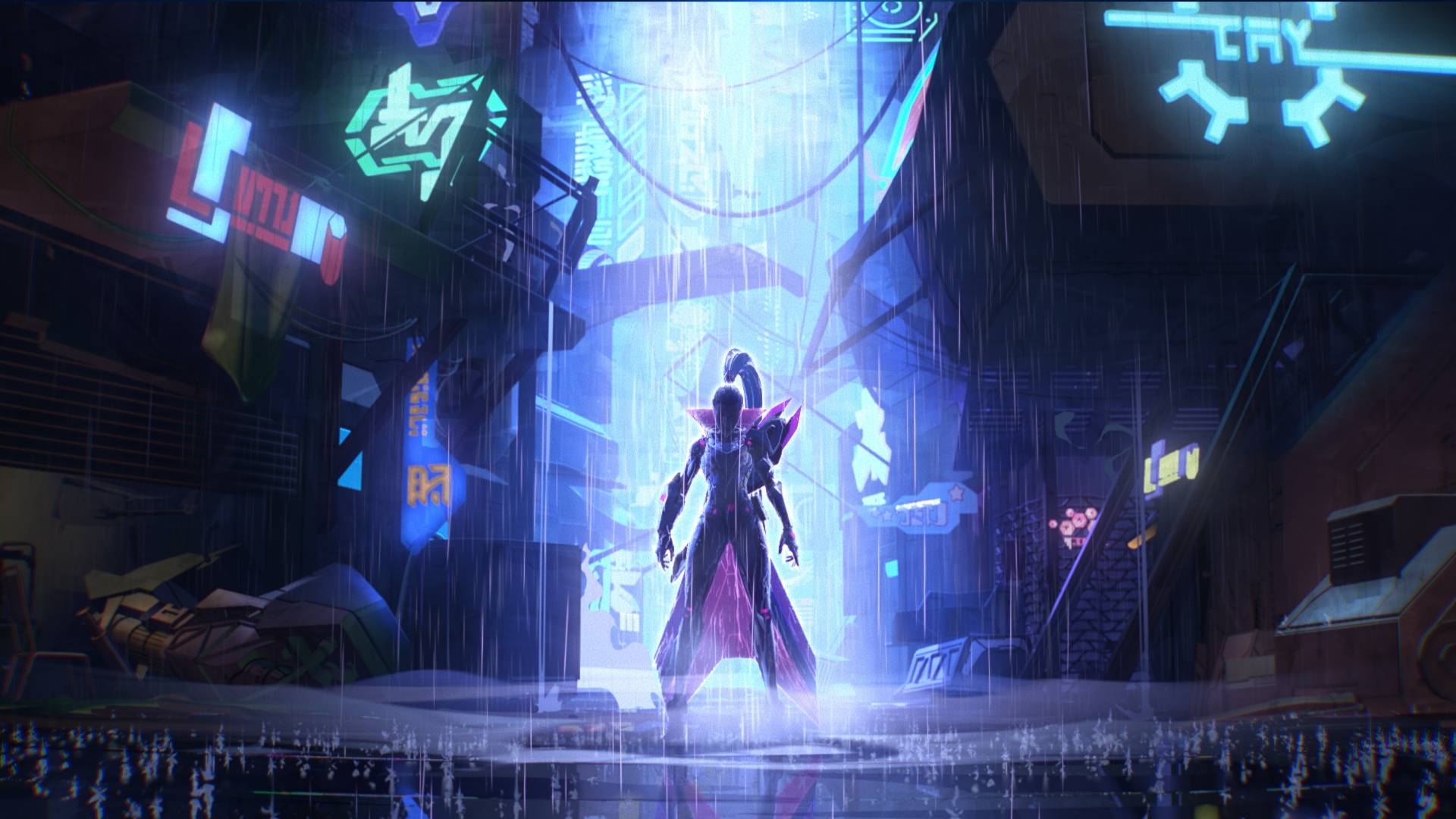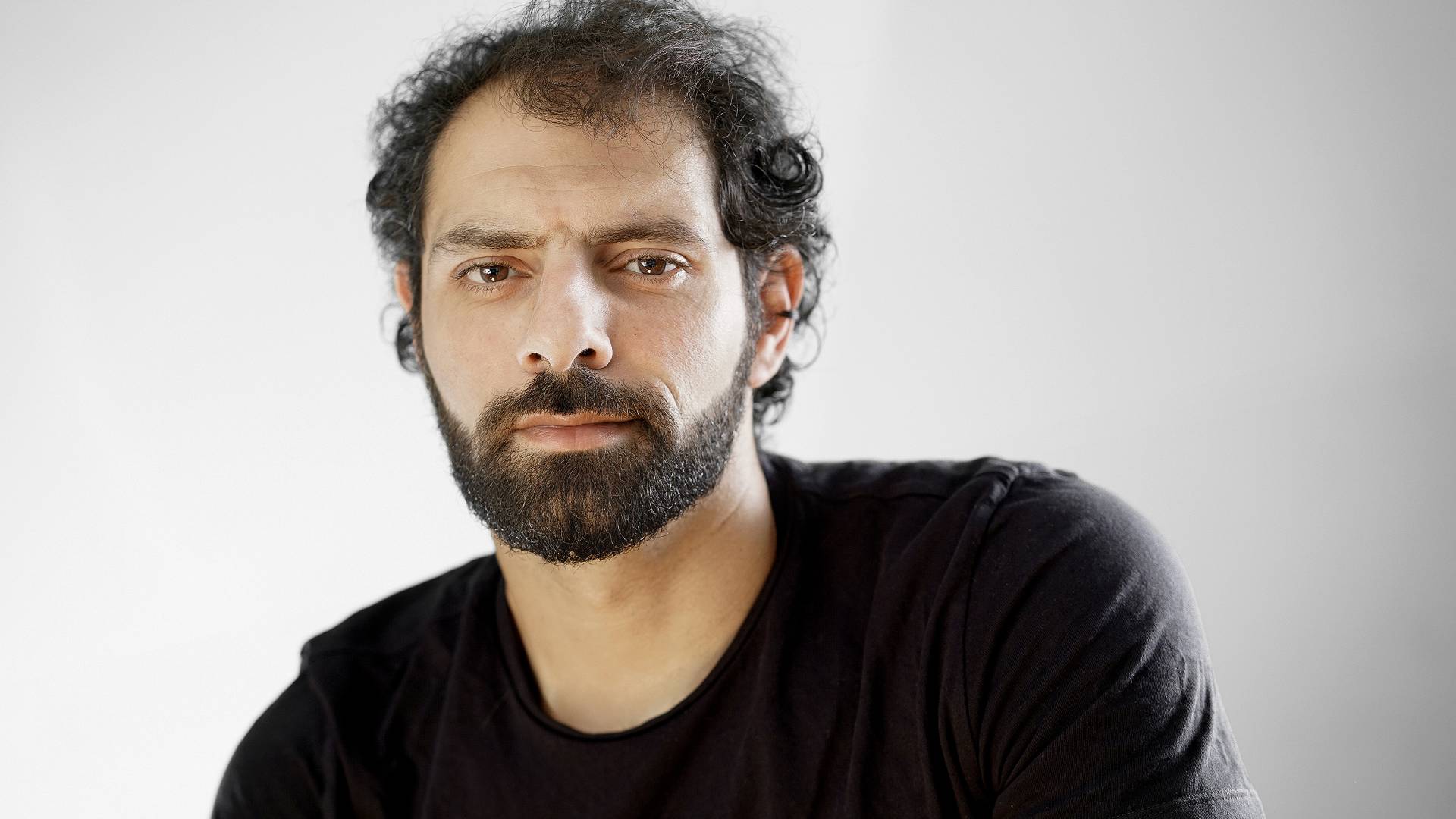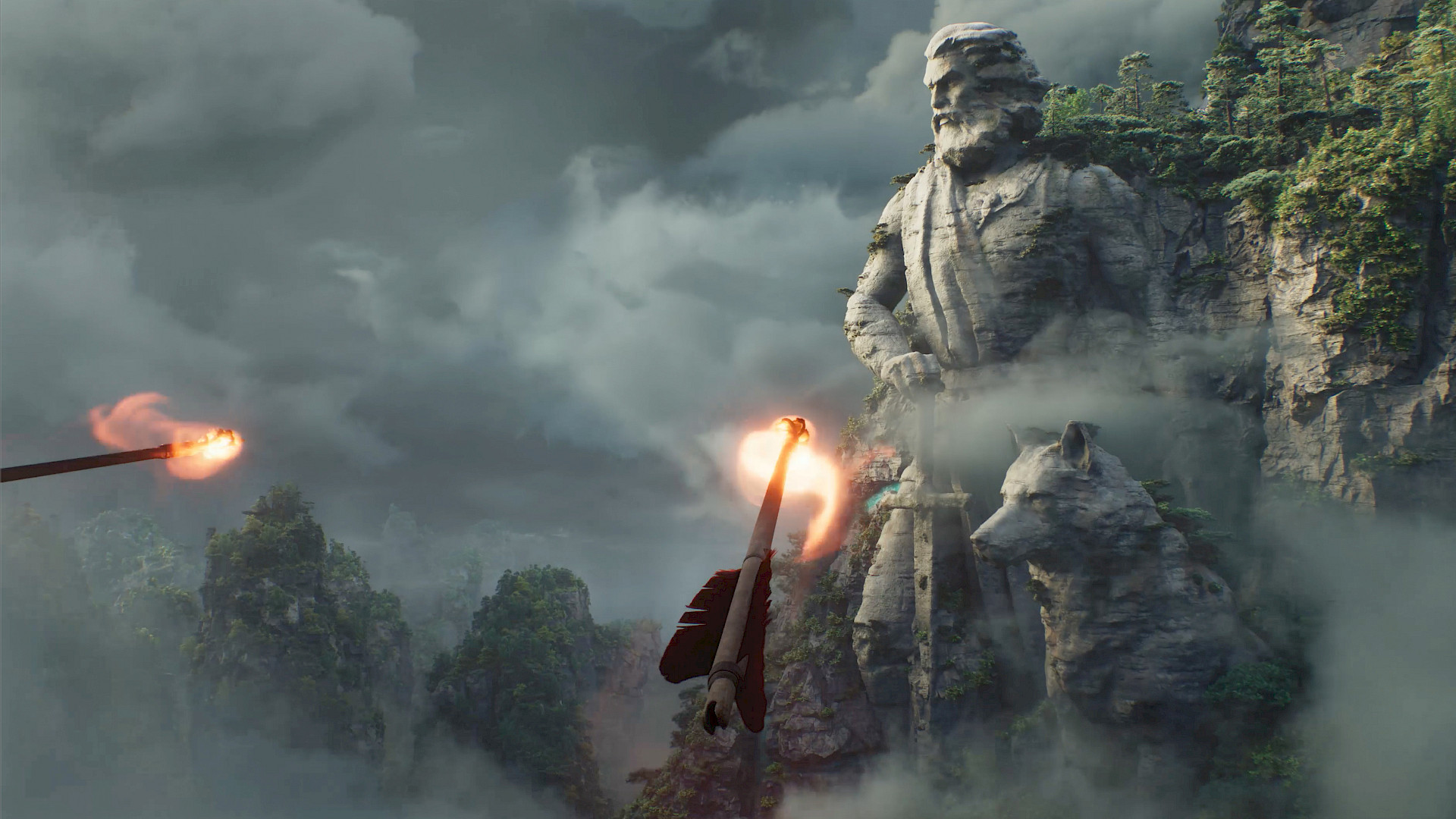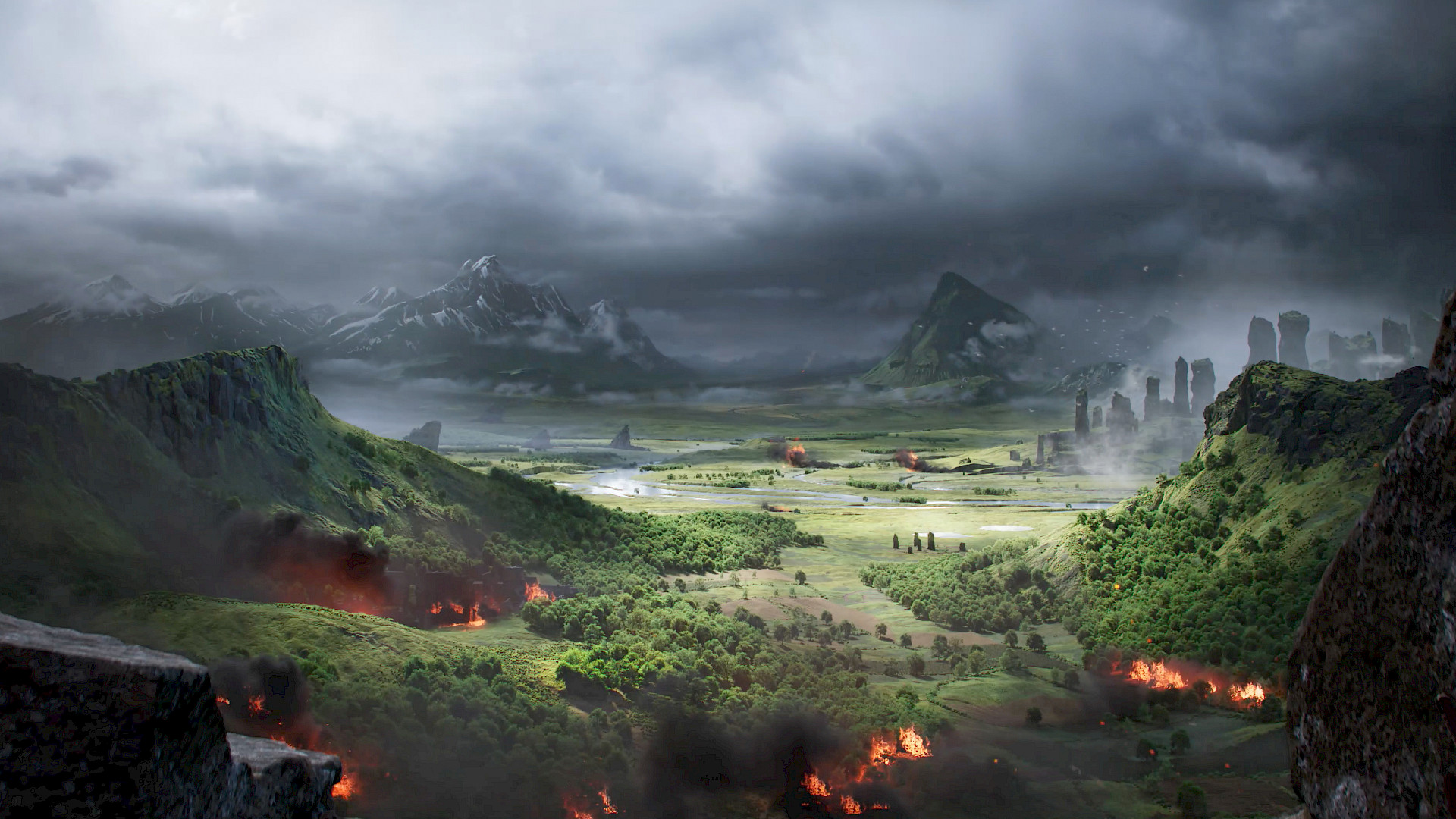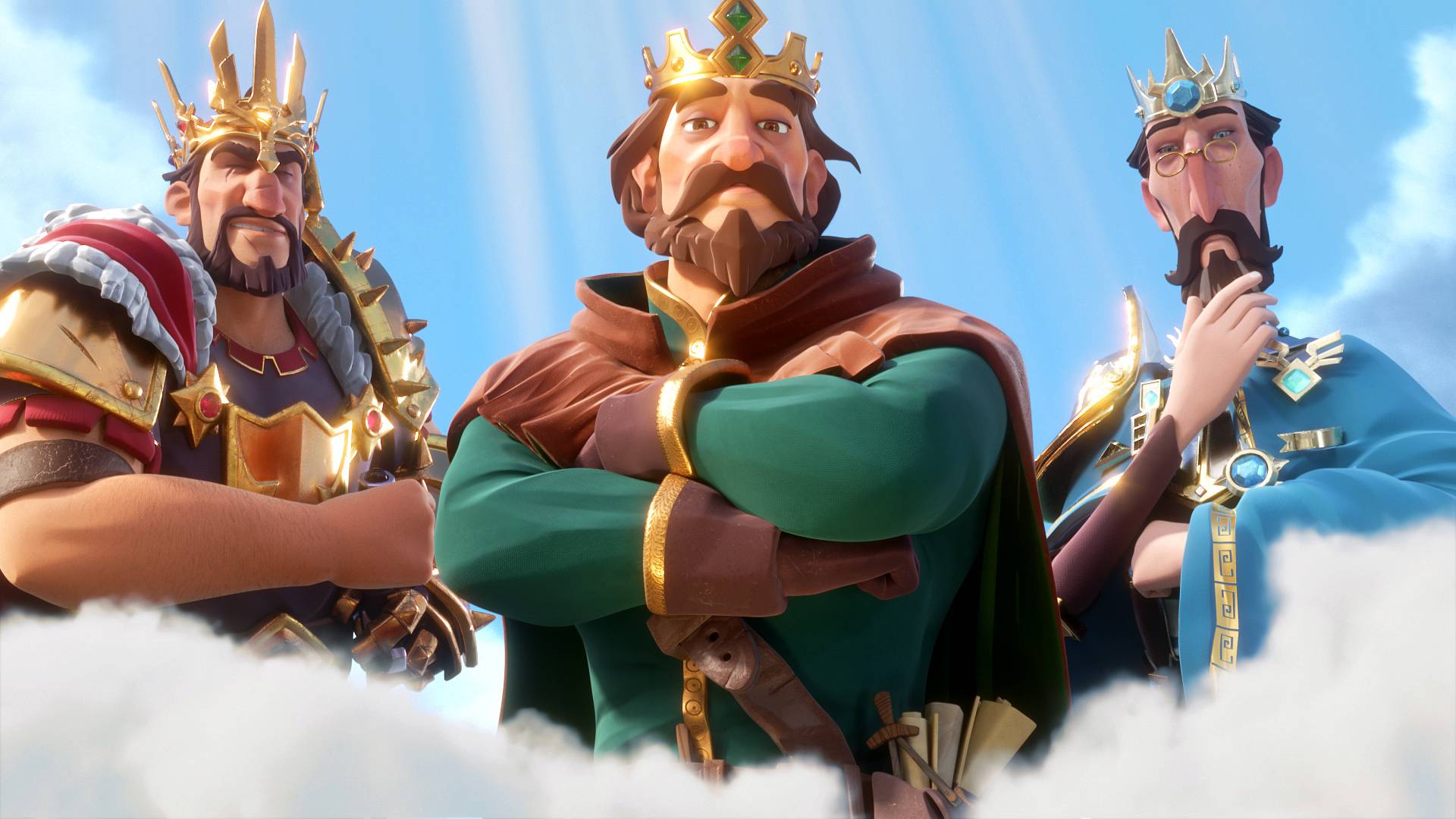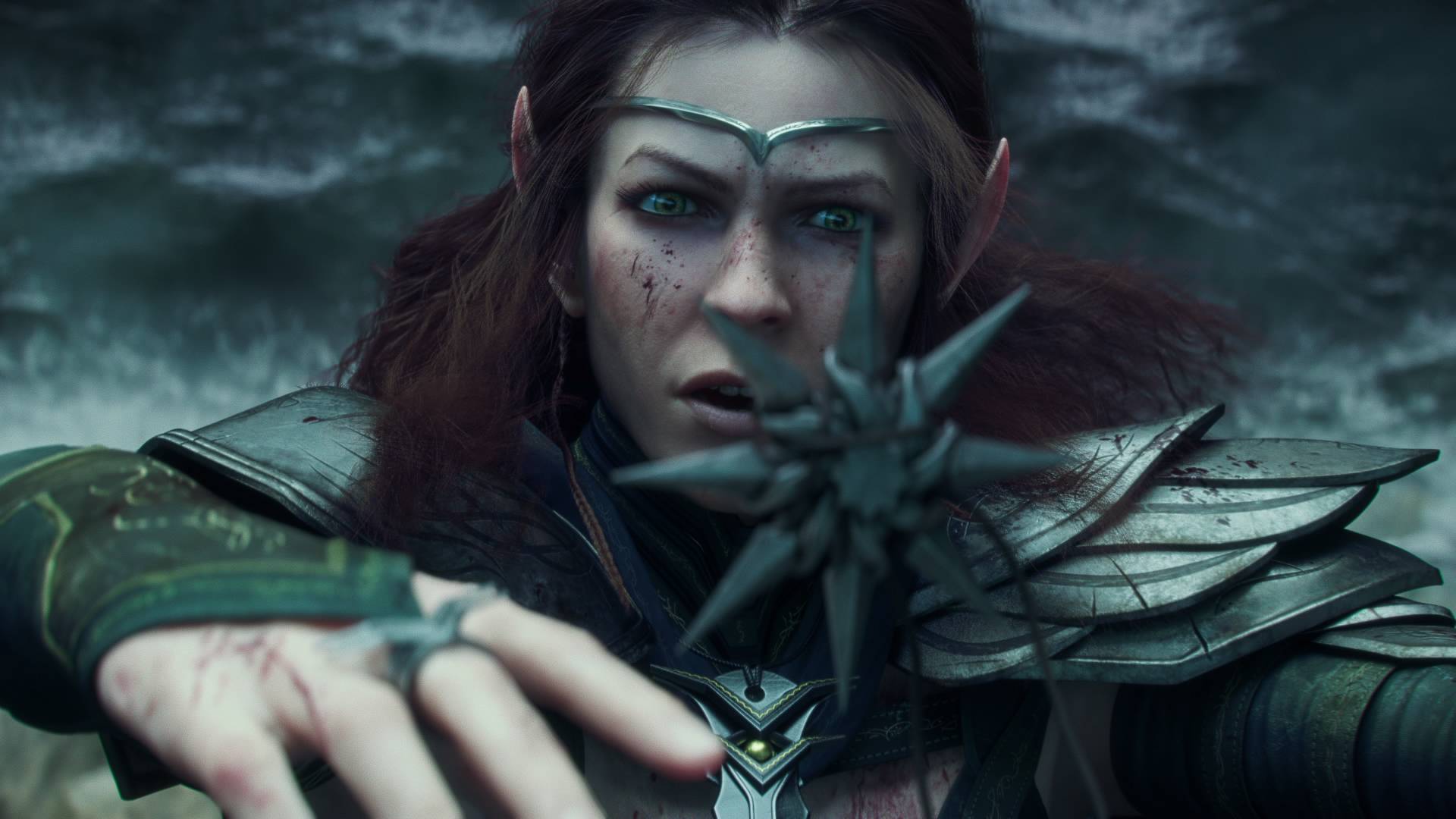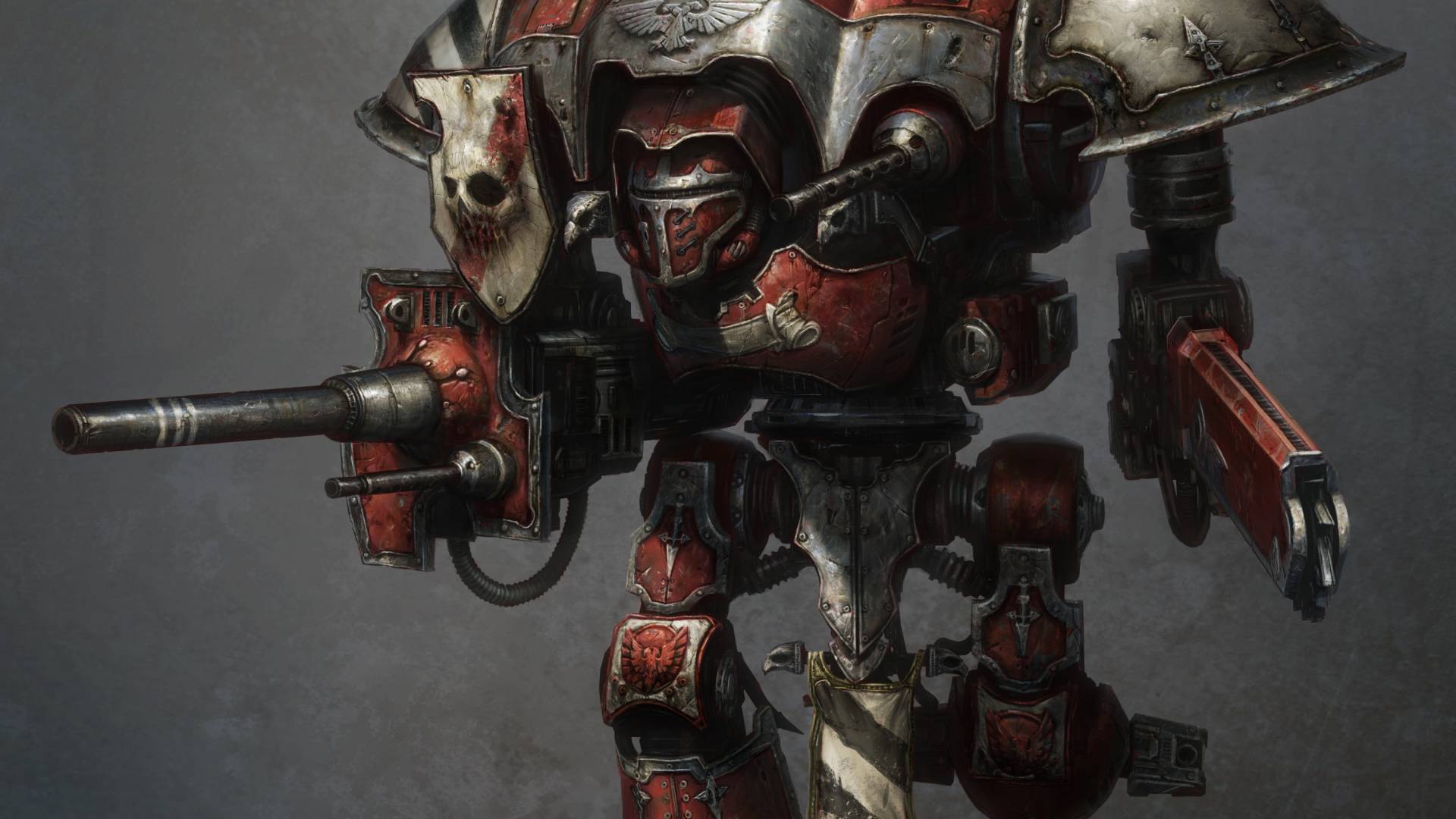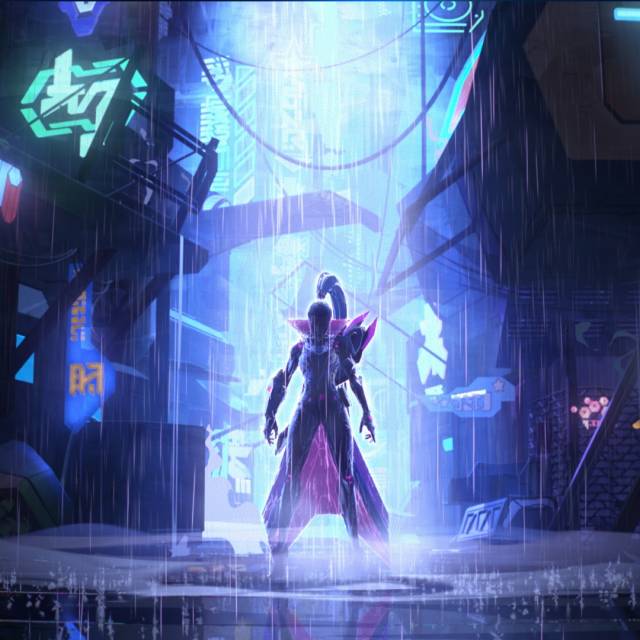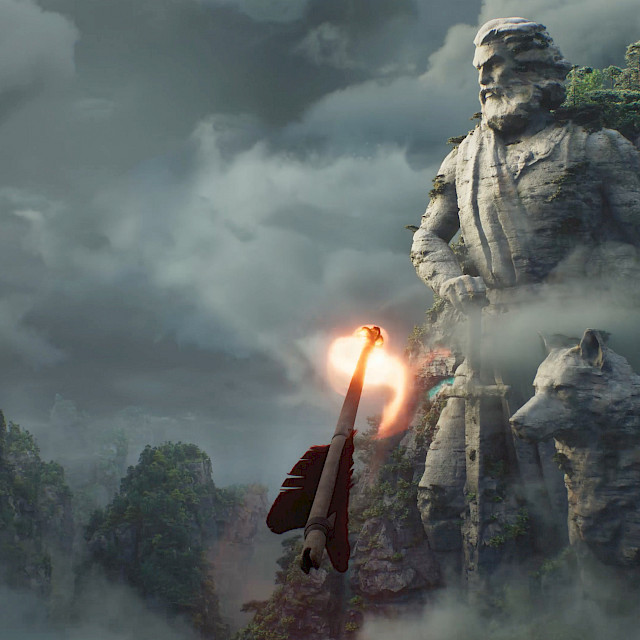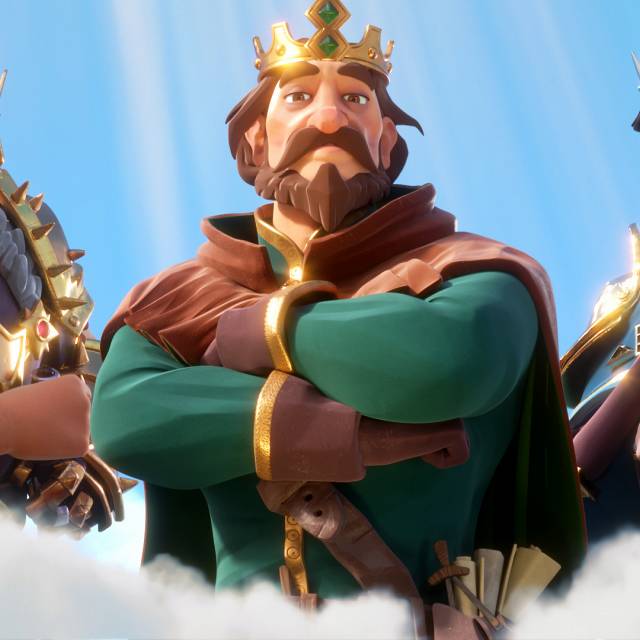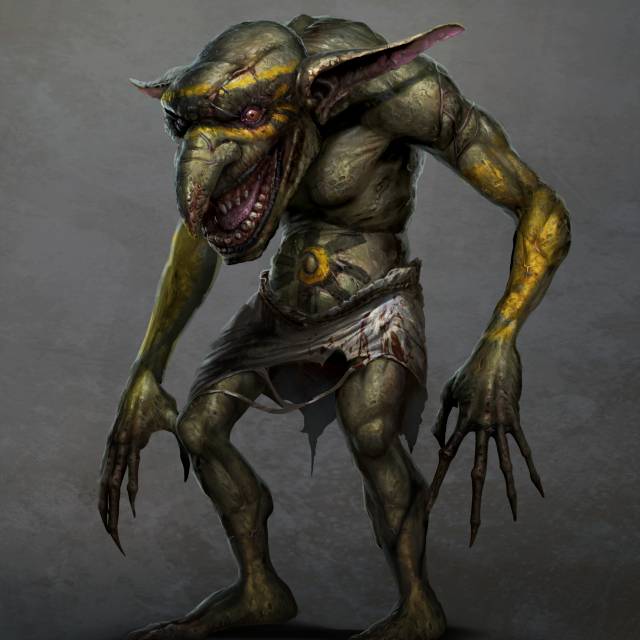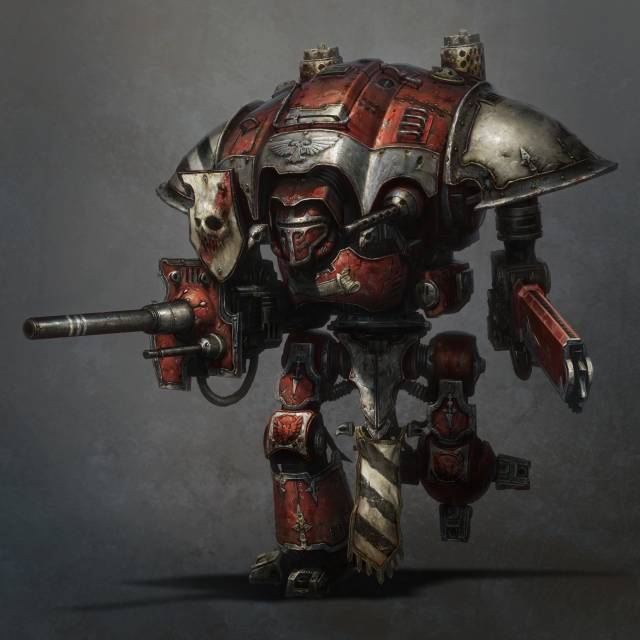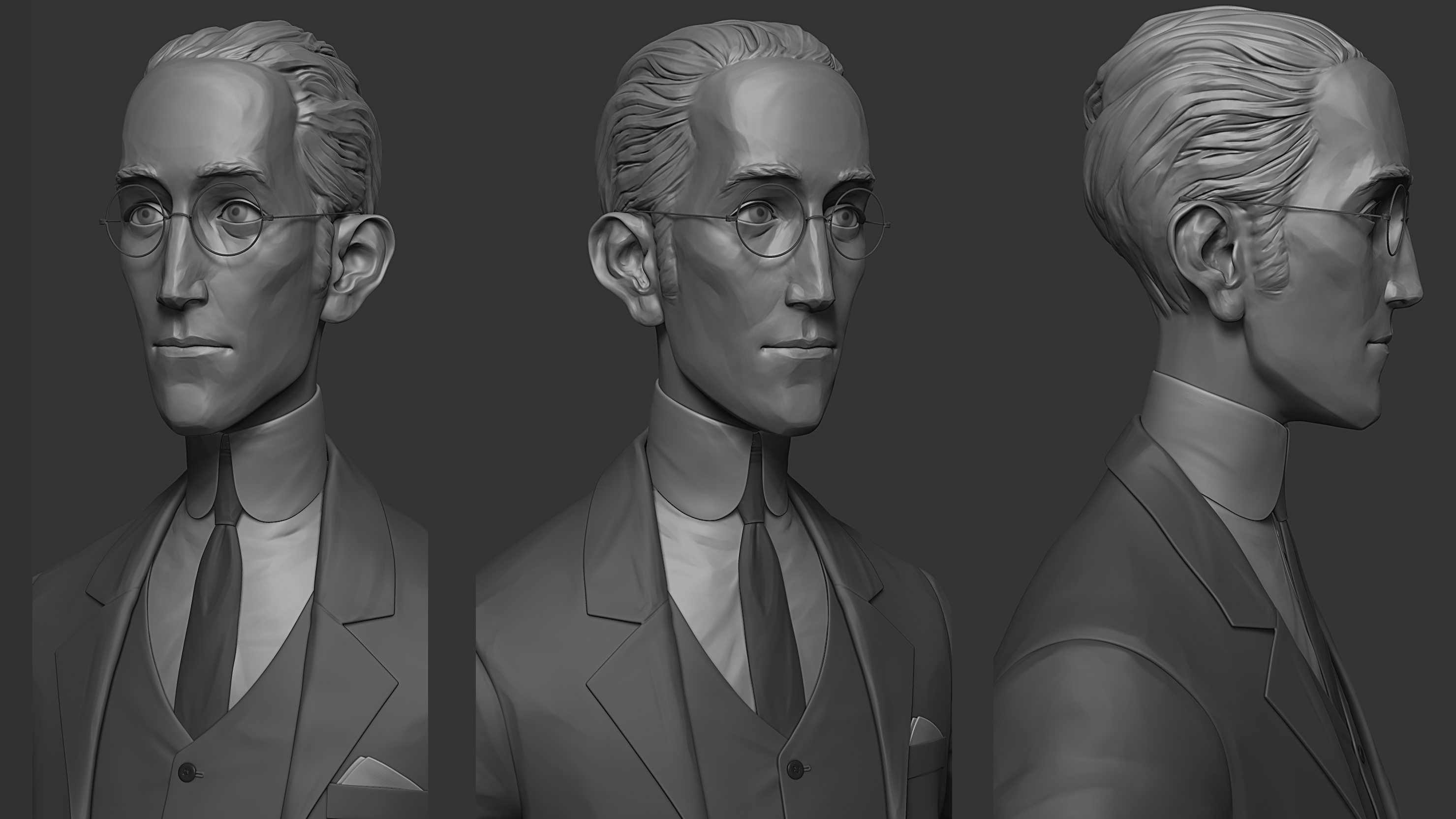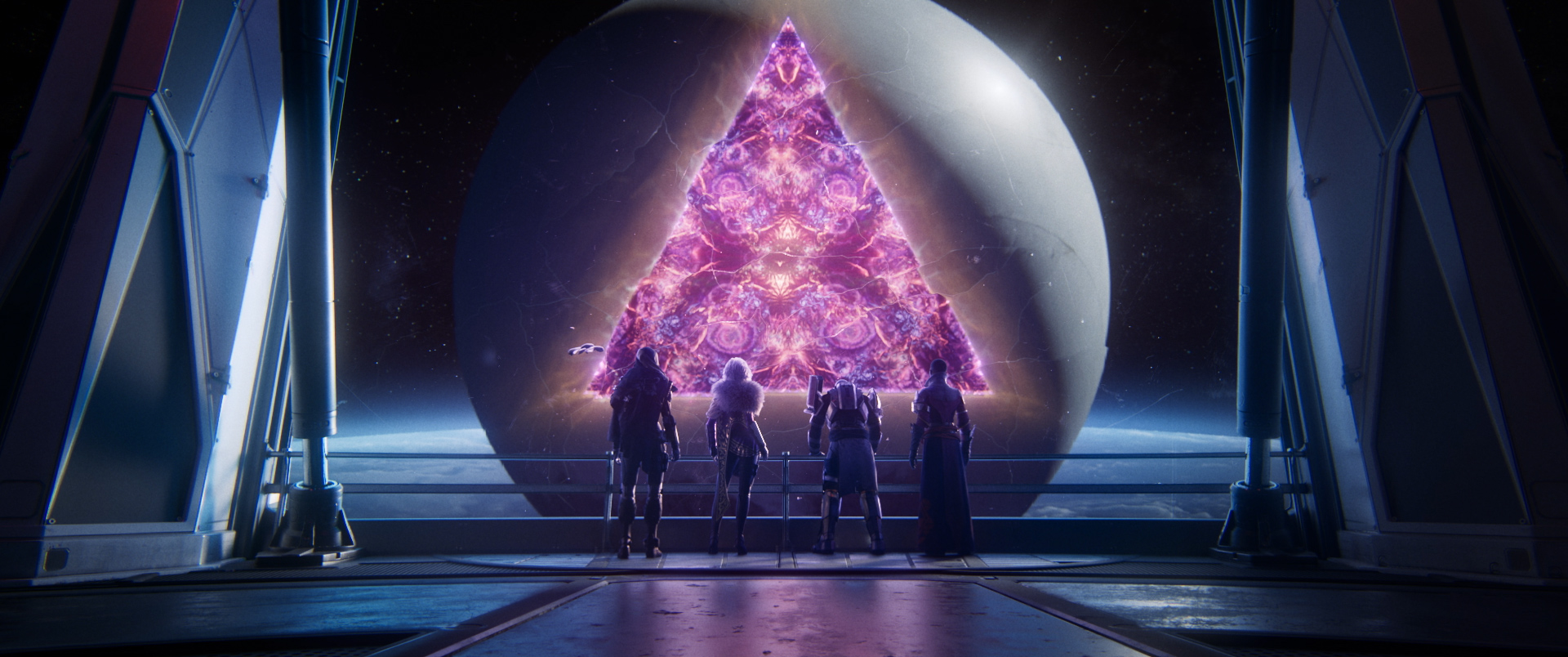We caught up with Axis Director Abed Abonamous to discuss his journey into the animation industry, his creative process and his top advice for aspiring filmmakers.
Tell me about your background and how you ended up at Axis?
I studied a Masters in Computer Science and Aeronautical Engineering before working as an IT Systems Architect at HP. I then went to work for a startup before the .com bust. I got very bored with the IT industry. A friend of a friend had a VFX company, I met him at some point after that after taking some time off. I’d always had an interest in filmmaking and animation and he told me that they had an issue with a TV ad they were doing for a German TV station. The creative brief was to dissolve a woman’s dress into a crowd of butterflies. They said, do you want to take a crack at this, because “you know how to programme”. This was back in the days when CG was coming into the spotlight but it wasn’t yet the omnipresent thing we have these days. So a lot of this stuff was fairly mystical. I’d dabbled with graphics but never worked professionally on a visual project before. So naturally I dove in and miraculously I delivered. After that they offered me a position as a Junior FX TD.
Then within a bit more than a year and through many lucky happenstances, I became a partner at the company and then graduated to become a full fledged Supervisor. And before long the first client asked if I wanted to direct a piece. I had no concept of what that meant at that point but did it nonetheless. I basically dove into it headfirst. One thing led to another and before I knew it I was a full time freelance director.
How do you approach directing? What is your process?
Many people I’ve worked with tend to describe me as a Director who has a knack for abstract visual approaches. The way I approach a project, especially on ones with a loose or minimal brief, and the client wants you to come up with something interesting, is I look at the source and briefing material, then I let it sink in anywhere between three and four days, and let my subconscious do its thing.
I personally don’t believe that plot comes first. To me, filmmaking in general, and animation specifically is the act of sharing a dream with strangers. Not by telling them about it third hand but by trying to conjure it in their own minds. In dreams, things often don’t mesh, the plot, so to say, is kind of wonky; someone or something may happen without immediate rhyme or reason. But what dreams do exceptionally well is evoke strong emotions in the dreamer. I’m interested in evoking that sort of resonant emotion in the audience through images and sounds. The plot is just one of many devices that can help achieve that. For the team and myself the art lies in finding the right combinations that let the audience in on our dream.
What’s the most rewarding Axis project that you’ve worked on?
It’s almost impossible to pick a favourite as each came with its own set of challenges and rewards. But our piece for Dawn of War III will always have a special place with me as it pairs a dream-like surreal approach with a deeply entrenched franchise. The trailer dared to break with franchise traditions and yet somehow found the fans’ adoration. The piece also required the team to rethink basically everything and come up with some unique solutions to achieve a very specific painted look.
Another great project was making the trailer for The Elder Scrolls Online: Summerset. We collaborated with the client on this multilayered emotionally resonant narrative with very high production value and enticing visuals. Narratively it was something special in the oeuvre of Elder Scrolls trailers, and I believe that it stands out on a conceptual level. Our recent teaser trailer that we created in lockdown for the newest game from Obsidian Entertainment, Avowed, was also a massively rewarding yet challenging project on a technical level. We rendered a metric-tonne of clouds and flew through them and had them interact with light, this was tricky, but we had a really motivated team and it was satisfying to see it all come together.
What stories did you like the most growing up?
As a very young child, I was infatuated with Grendizer, a Japanese Super Robot anime television series. There are many shows like it, dealing with giant mecha and alien invaders, but this one was my personal obsession. Second up is Postman Pat in its 80s charm. Its art style, calm demeanor and deliberate pacing really resonated with me. Also Stingray, it’s a “Supermarionation” or puppet TV show made in the 60’s, by legend Gerry Anderson. It’s about a submarine that went on missions to deal with villains, intrigue or sea monsters, and the combination of miniature look and groovy soundtrack blew my young mind. Over time I’ve seen countless other great works of art, but those three were probably the earliest that left a lasting impression.
What advice would you give someone who wants to follow a similar career path into directing?
Look for hooks! I believe that on every project you have to really, really want to share at least a certain something. Something that might be important to you just in this moment or your entire life. It doesn’t have to be a grand idea, in fact it’s better if it isn’t. Instead it could be a little joke, a picture, a vague feeling, a theme, or an idea that you want to express through a project. Whatever it is, it’s a hook because it ties you to the project on a creative level. Film making on any level is a tedious task and often a long process, and the hooks, those little things that you strive to achieve and share, they keep you focused throughout. And only when you retain that creative focus will your work reach out to a wider audience.

